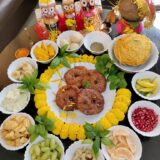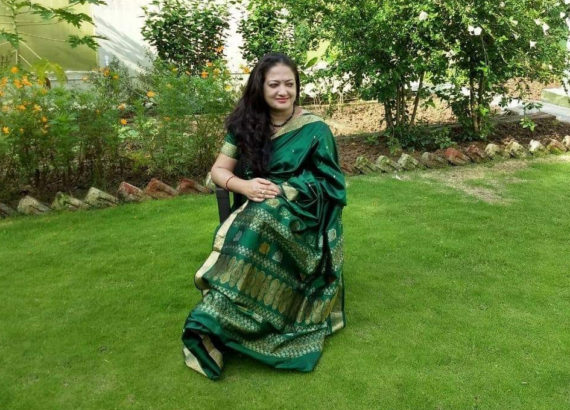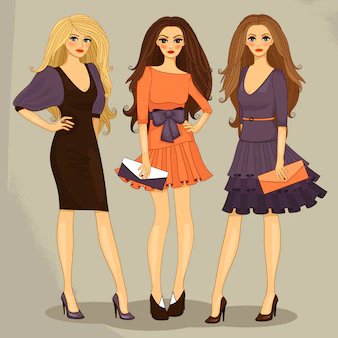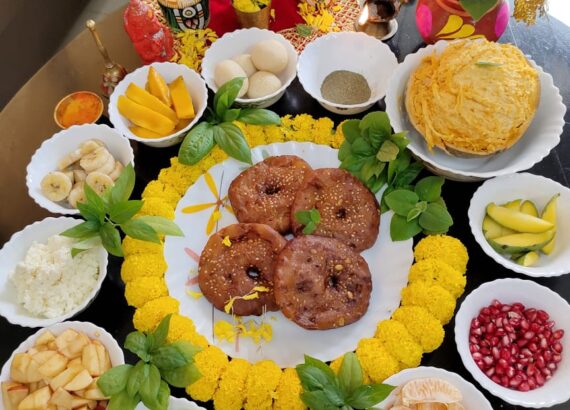Aromatic Flavours Of Indian Kitchen!!
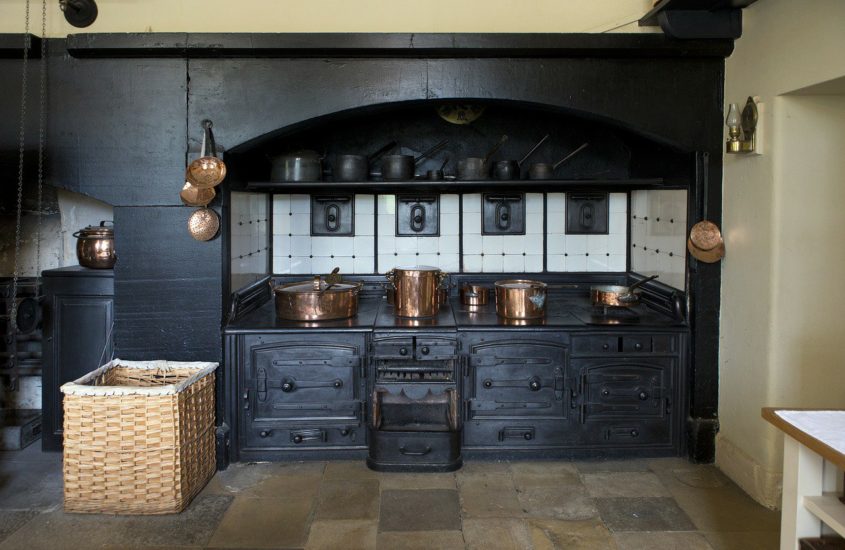
A glance at Indian Kitchen! It is so appealing to see an array of sparkling utensils and aromatic flavours emanating from the typical traditional Indian Kitchen! Whether it is a simple roll of films (chapatti) or a sumptuous biryani, our kitchens are always full of flavours and spices, with elaborate cuisines and uncontrollable mouth-watering fragrances. The limelight in any of the Kitchens in India is the evolution of Indian utensils. Each utensil whether big or small has its importance in cooking a particular dish. Be it a simple tawa, kadhai or even the venerable kiln, bhatti. All have a unique way of cooking an item and making the dish yummier. The clitter-clatter or rattling sound of kadchi on the kadhai is common acoustics in our Indian kitchens. I was ten years old when I struggled to make a cup of tea for my dad. I wanted to impress him. But I was never fascinated by culinary skills and it was a jigsaw puzzle till I got married.
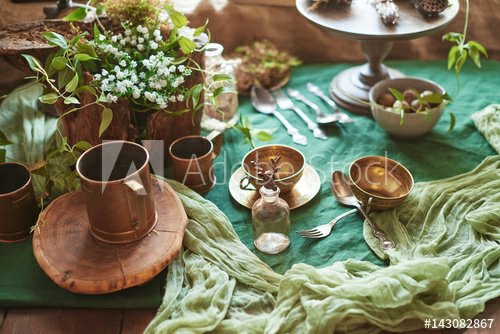
In my house, our kitchen used to dazzle with all brass and iron kadhais and brass patilas placed height wise on the shelves, with glasses kept in apple – pie order. They used to gleam and beam, on being meticulously washed and polished.

I would see my mom, and even sometimes Dad, cook wonderful dishes. My mother liked experimenting new recipes and she would invariably get complimented by all. My mom’s food was always talked about. No wonder it still is. She cooks wonderfully as everyone agrees that life’s favourite cuisine is “Ma ke haath ka khaana”. She still believes that real taste comes from kadhai made of iron or brass, sil -batta, hamam dasta (mortar-pestle), chulha and ancient ways of cooking…We had a beautiful heavy thick based iron kadhai. Whenever my mom put it on the stove, I would run to sit beside the kitchen slab to peek into the kadhai. I used to cherish the aromatic flavours of spices and was always thrilled to see vegetables being tossed. Once accidentally, the kadhai, full of hot gravy turned upside down and some of it splashed on me. My tender skin was burnt and for the next few days, I was the apple pie of all my family members. It taught me a lesson – not to play with fire!
Soon enough, all our iron kadhais were replaced by stainless steel utensils and non-stick ones, as they were the latest fad. They were bought after watching those convincing and flattering ads who gave fabulous deals to attract customers. The ladies of the house often exchanged old utensils for a set of new four kadhais and Voila!!! A non-stick dosa tawa free! Wow! What an amazing offer! (Or so it seemed at that time!).
We used to sit together at the dining table on Sundays for lunch and dinner and wait impatiently for all the special dishes made by my Dad. Of course, it was accompanied by my mom’s tricks and tips. When the sizzling hot pot would appear, on opening the lid the steam would wheeze out. Our room used to fill with a mouth-watering aroma. It would tempt us to fill our hunger – tingled stomach savouring each bite and munch it as if we were having a lifetime meal in one day!
The serving spoon showcased the tender meat and vegetables sitting in the pot still bubbling sauce with the aroma of spices
That was supreme satisfying…… I miss my good old days. My mother’s treat after I returned home from school and how she took care of all my tantrums and my fussy eating habits. I miss my mom a lot! All grilled pans, non-stick kadhais were our heroes in the kitchen. But somehow, I was not happy as the non-stick coating would wear off in a few months making it unhealthy to cook in. We bought these utensils repeatedly as soon as the coating started wearing thin, to be sure of good health. But somehow we miss our iron and brass utensils. Yes, some doctors and medical journals now recommend using our old traditional cookware as it fortifies the food with iron which is so essential to our body. This feels like we are all going back to our roots which are enriched by our values!

So, before I end, here I go for a ghost korma recipe, with an authentic touch if you want to impress all.
The extraordinary thing about a korma – which is thin gravy -is that it is cooked without turmeric.
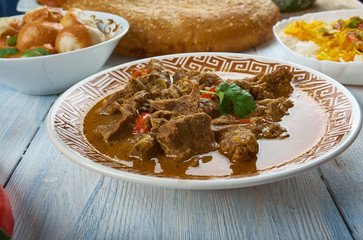
Serves: 4
Preparation time: 40 minutes
Cooking time: 1 hour
Ingredients
——————-
1.2 kg mutton
150 g ghee (optional)/Oil
10green cardamoms
5 cloves
2 sticks cinnamons
2 Bay leaves
160 g onions (1 cup)
50g ginger paste
50g garlic paste
10g coriander powder
5g Red chilli powder (1 tsp)
Salt to taste
220g yoghurt (1 cup)
5g garam masala(1 tsp)
3g mace and 1/2tsp cardamom powder
3g black pepper powder
1 tsp saffron
2tsp milk
20 roasted Almonds
Preparation
1. Clean and cut breast portion of meat into 1/2 inch chunks.
2. Peel wash and chop the onions.
3. Whisk curd in a bowl.
4. Dissolve Saffron in warm milk.
5. Pound the Almonds with a pestle.
COOKING
—————-
Heat ghee in an iron kadhai (it will give you authentic taste) you can use your options as well add cardamom, cloves, cinnamon and bay leaves, sauté over medium heat until they begin to crackle. Add onions, sauté until light brown, add ginger garlic pastes and sauté until the moisture has evaporated. Then add coriander powder red chilli powder and salt stir add mutton, fry for 5 minutes, add yoghurt, bring to boil, add water approximately 800 ml that are 3 1/2cup cups, cover and simmer, stirring occasionally, until mutton is almost cooked. Now add gram masala, mace and cardamom powder, and pepper powder, stir cover and simmer for 8 -10 minutes. Adjust the seasoning. Add saffron and stir.
To Serve
—————
Remove to a bowl, garnish with roasted almonds serve with phul ka or pulav.
I have one thing in mind every time the food which we cook for our family it turns out to be yummier with a pinch of extra love and care that we add into it. Happy Cooking.

